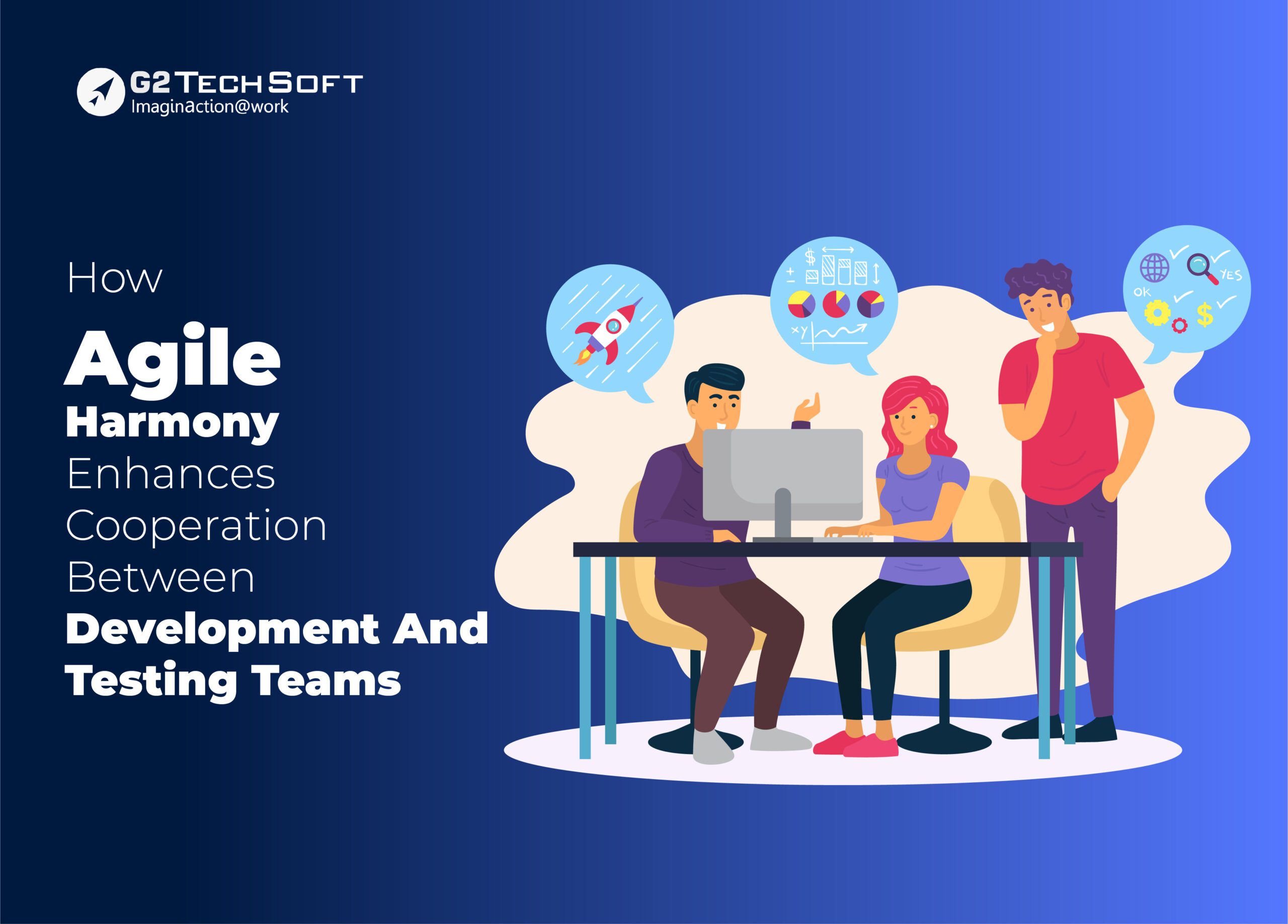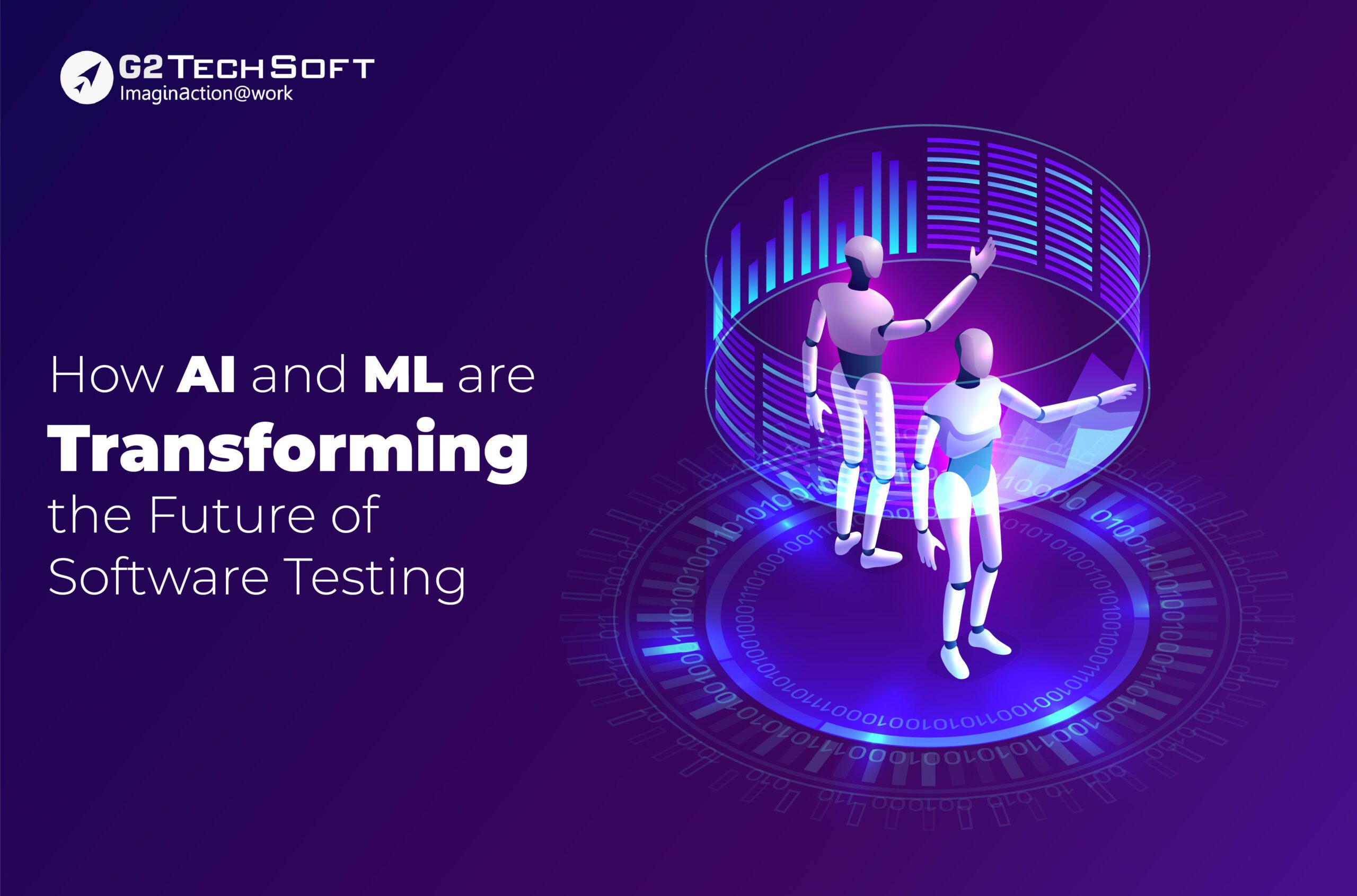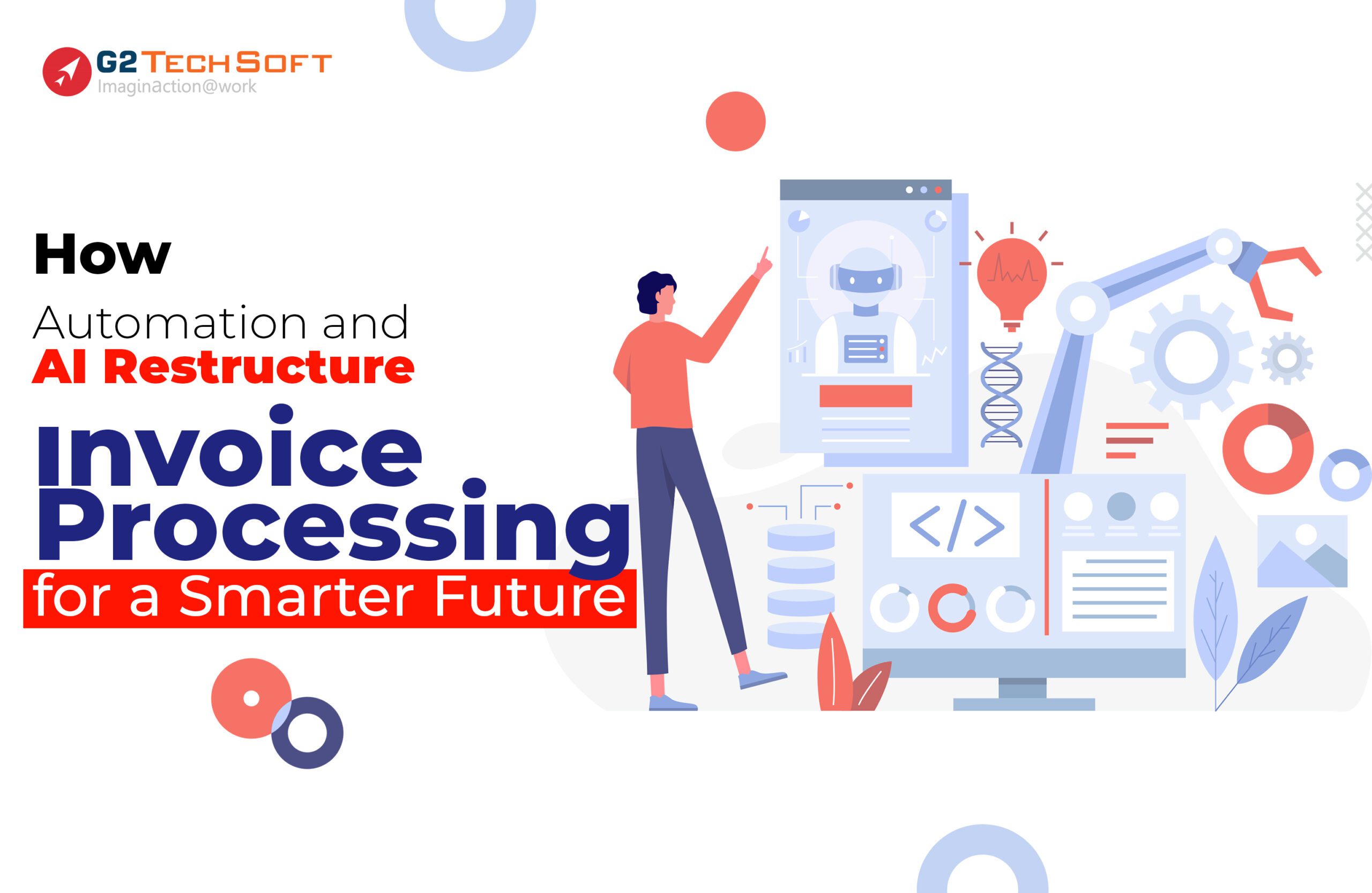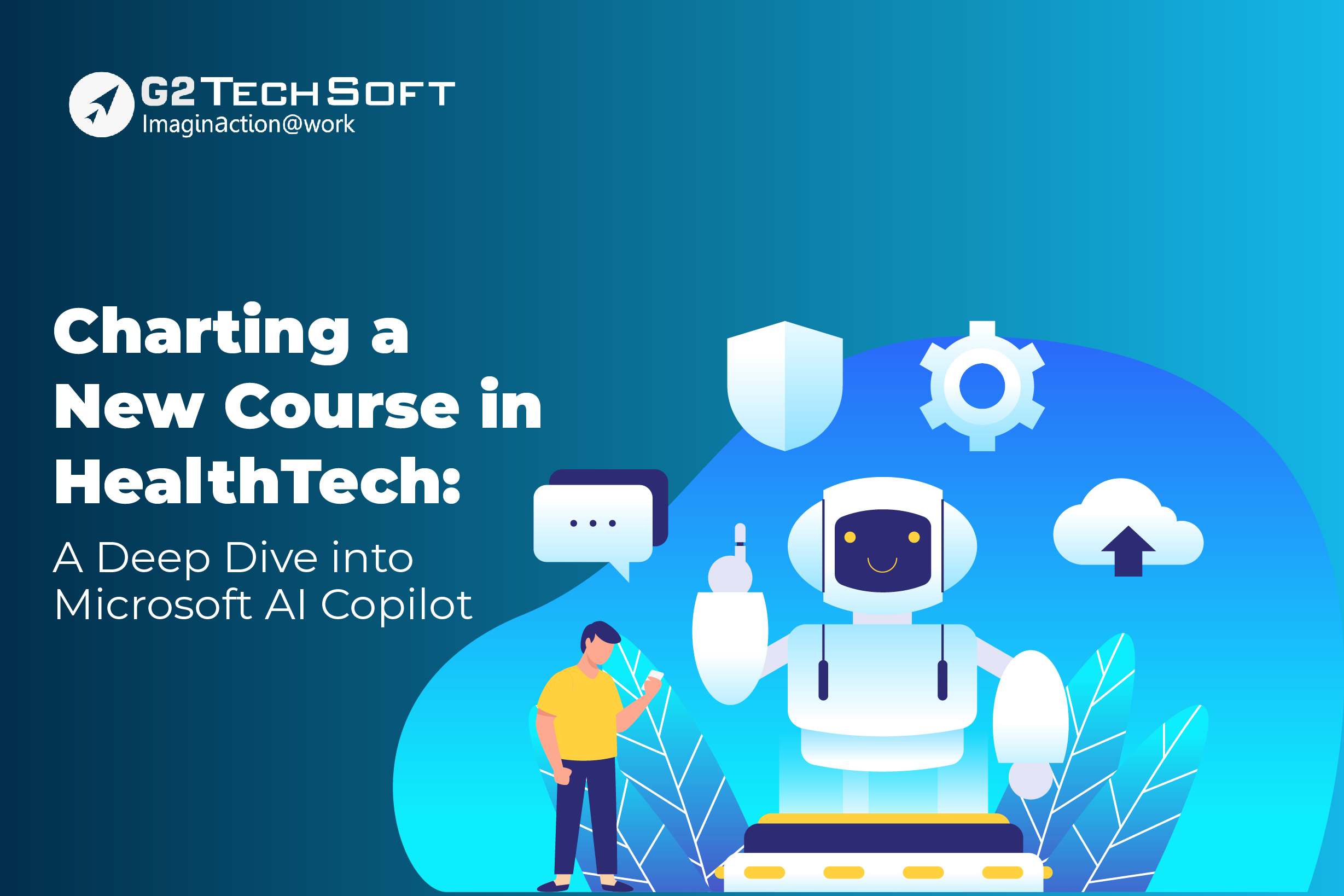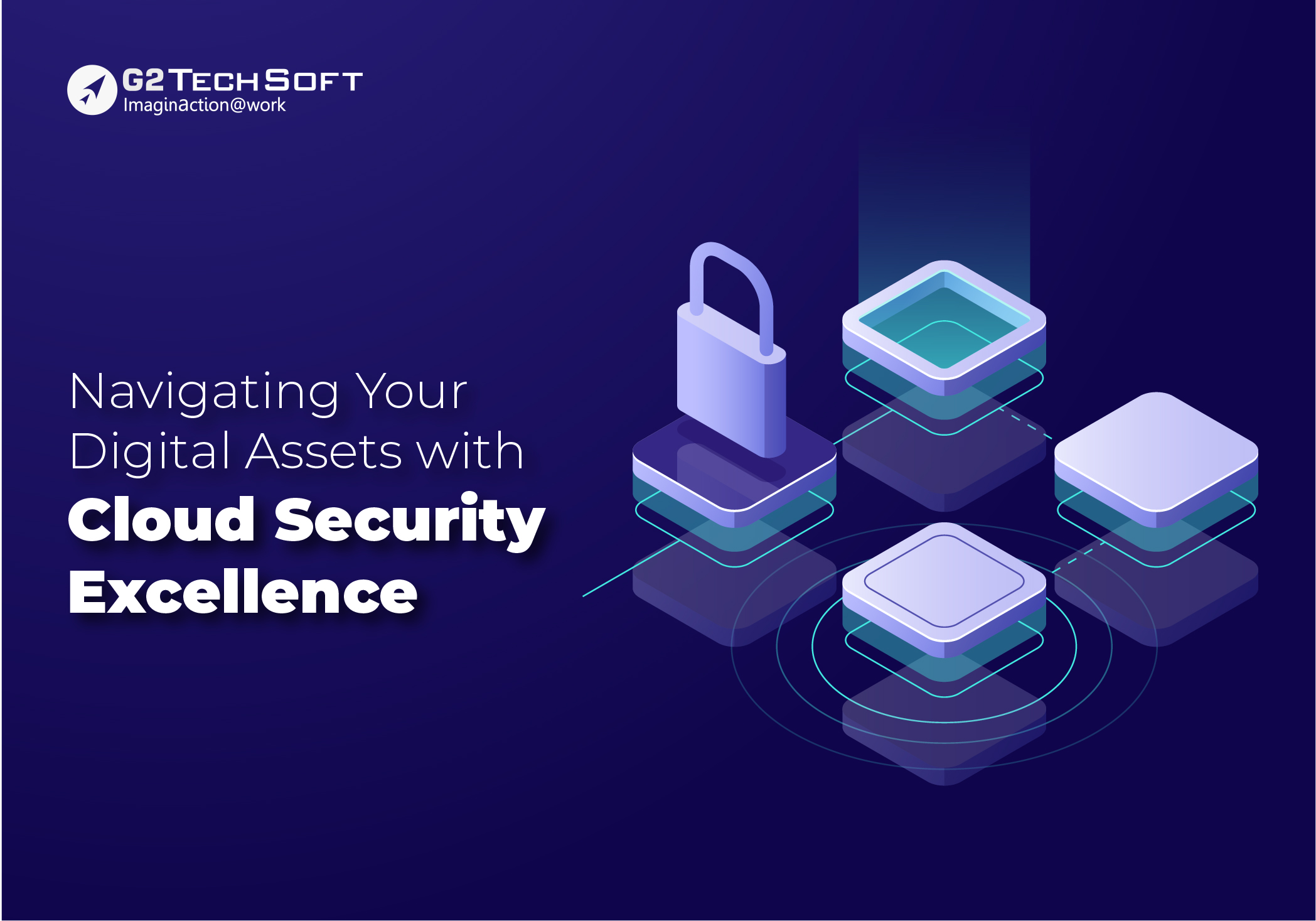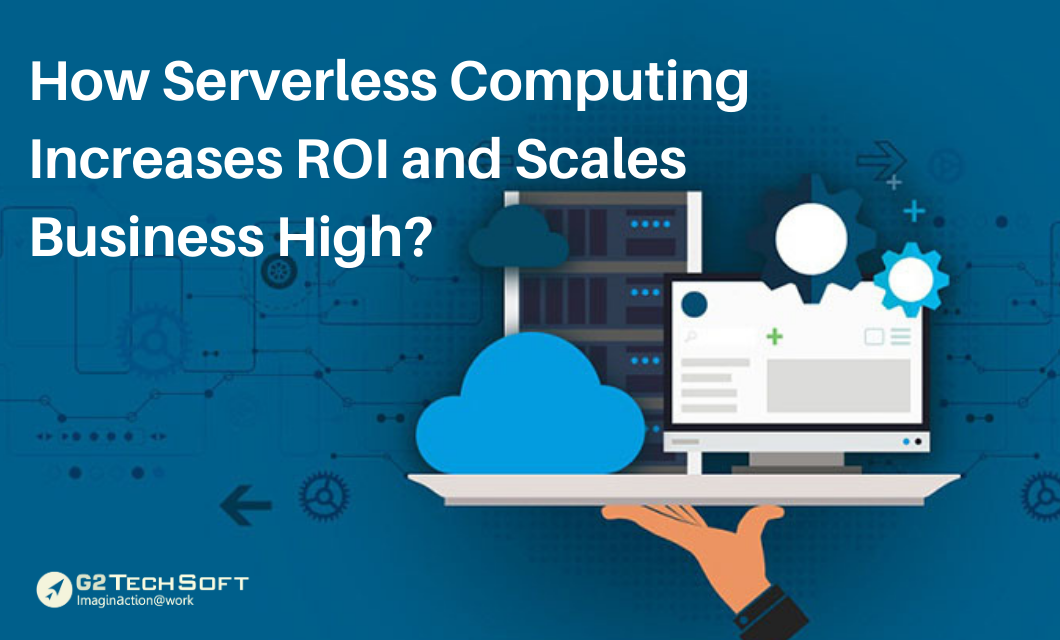
Developers of IT cloud services companies can significantly benefit from Google serverless architecture. It allows accomplishing the tasks that they were hired to complete in the first place –writing codes, developing modern applications, and optimizing design applications – instead of worrying about severe infrastructure.
But what exactly is serverless computing?
Serverless computing doesn’t mean businesses are running without servers. That’s practically impossible. In A serverless architecture is present in the Cloud. You may call it cloud computing. But we think of it as beyond the Cloud.
Okay. So, in simple words….
Today, 80% of organizations worldwide leverage cloud infrastructure services in some manner in their businesses to increase efficiency, streamline work, accelerate innovation, and implement an agile work culture. Serverless computing helps these companies shift their focus from worrying about data storage and infrastructure set up to their goals.
It allows organizations to automatically allocate resources like storage space, servers, database requirements, and app engines at an optimized cost to develop and execute codes without managing event integrations or run times. With serverless, developers can deploy codes without worrying about functionality, maintaining server uptime, producing test environments, or providing a server.
If you are a firm that is looking for ways to run your applications at scale and reduce server maintenance costs simultaneously, serverless cloud computing can be a game-changer.
This article focuses on the benefits of adopting the AWS cloud migration strategy and setting up a serverless architecture.
Is Serverless Computing the Future of Business?
Yes, of course – It will enable you to run business faster and wiser, all the while reducing operational costs.
The Google serverless cloud computing model allows firms to run their businesses on the Cloud without buying hardware.
Then, why is it different from Cloud computing despite being a part of it??!!
In cloud computing, you run applications without installing the software on your computer devices. In serverless cloud computing, you run your entire business by renting your operating system in the Cloud.
In traditional computing, the users need to allocate a fixed number of resources to the server. On the other hand, in Google serverless computing, multiple applications can run from a single server.
For this reason, serverless computing service is also referred to as Functions as a Service (FaaS) or Event–Based Computing. We call it event-based because computing takes place when an event prompts an action.
The cloud provider assigns resources and storage spaces only when a need arises to execute a code line. And clients are billed only for the computing power they utilize. The entire process is automated, devoid of human interventions – meaning you reduce overhead costs as well.
Use Cases of Serverless Architecture
The serverless cloud architecture by AWS is expected to grow to $7.7 billion by the yearend from $1.9 billion in 2016.
Some of the business use cases of implementing serverless architecture are as follows:
- Develop real-time applications with high latency to automatically allocate storage space and data processing.
- Build Serverless ChatBots using Amazon Web Services serverless architecture AWS, and prevent the ChatBot from becoming unresponsive if the server crashes due to an unexpected volume of messages.
- Launch Fully-operational Auto-Scaling Websites and APIs in a matter of few days, as serverless strategy eliminates the need for front-work of infrastructure setup.
- Manipulate Image and Video efficiently to engage and retain customers. For instance, with Google serverless computing and Google Vision API, you can make your eCommerce website identify images uploaded by customers and process them for business insights
- Leverage machine learning and serverless architecture to Monitor and Scrutinize specified Social Media Engagements (Tweets or DMs) using stream processing.
- Services like AWS Lambda Serverless Computing allow IoT businesses to offload their server management, such as security and patching, to scale their projects with the required flexibility to expand operations and eliminate costs that traditional servers incur.
- Building a Serverless Mobile Backend bestows specific capabilities on Mobile applications, such as multiple devices/multiple user data synchronizations, rich app content, user behavior analytics, bandwidth optimization, data persistence offline, and messaging across various channels.
- It allows Developers to create purposeful, standalone functions like API calls. This is one of the prime features of Serverless computing as a Function-as-a-Service.
- The intelligent, quick, and modular-based releases considerably Reduce Time to Market applications. Besides, it serves Unpredictable Changing Development Needs rapidly.
How Serverless Architecture Works?
The serverless architecture is the foundation of serverless computing. BaaS and FaaS are two popular Serverless architecture models. But there are other options too, such as Software Containers, Serverless Framework, and Serverless Databases.
Exclusive characteristics of Serverless Computing are:
- It is Hostless: Meaning, you have no servers to work with or upgrade and no security patches to apply.
- It is Event-Driven: Developers can create states only when there is a code request, making computing efficient and highly affordable.
- Serverless modules are Distributed by default: Makes them highly available.
- Clients pay only for the server resources used for the project, making it very Elastic and Flexible.
G2TechSoft believes that every business is unique in its workability, capability, and goals. And every firm has a customized IT infrastructure. Therefore, Amazon AWS, Google, IBM, and Microsoft provide different functions – Lambda, AZURE, IBM Cloud, and Google Cloud, respectively. At G2TechSoft, we assist our clients to use the services of the best cloud computing software vendor for their businesses.
Google Cloud Migration Strategy:
Google Cloud Functions are simple, scales automatically, and are perfect for fault-tolerance, building the serverless backend, intelligent software, and processing data in real-time. They take action on the events emitted by your cloud services and infrastructure.
Azure Serverless Computing:
Azure Functions in azure serverless architecture, powered by Microsoft, can scale your business quite quickly and consistently with less human intervention and cost. It has the capabilities to solve complex problems. Example: A mobile app prompts an HTTP API call. The call is processed by Azure Function. The generated data is stored in the cloud database. The database transfer prompts the second function, which finally notifies using a Hub.
AWS Lambda Serverless Computing:
Amazon Serverless Computing is the most effective and prominent amongst all. You can use AWS Lambda to optimize your other AWS services with tailored logic. Example: You write or upload your code on Lambda’s editor and enable HTTP endpoints, in-app activity, or AWS services to trigger your code. Lambda will run your code when one of the events is prompted.
Benefits of Serverless Architecture in Business Operations
Businesses planning to implement Amazon or Google Cloud Migration Strategy can expect the following optimizations and services from serverless computing applications.
1. Positively Impacts IT-Budget
With serverless computing, you can cut down your IT budget by 35% to 40%.
It is because the cost of maintaining IT infrastructure without server hardware is much lower than managing a traditional cloud server set up.
As everything is automatic in Serverless and there is no need to manage and monitor the server 24/7, you can reduce your administration overhead costs.
Furthermore, since it is a pay-for-value pricing structure, you never have to pay a dime extra besides charging in the run time.
2. Need Not Have to Manage Your Infrastructure
Since serverless architecture is event-based, it executes logic as functions – the need to manage infrastructure manually drastically reduces.
This shall make your developers more agile and efficient and give your business a competitive edge and enough time to gain entrepreneurial innovation.
3. Enhanced Efficiency Gives You A Competitive Edge
If your firm were on a traditional server, you would keep it going non-stop, round the clock. But as we have established, you only pay for what you use in a serverless architecture. This gives you an excellent opportunity to generate less waste. That is one step towards a greener software development lifecycle.
A single module failure would not impact the entire application’s in serverless computing because the event-based architecture ensures modules work independently.
Besides, as you need not worry about scaling, DevOps, capacity planning, and setting up an infrastructure, you will gain a competitive edge over your competitors.
4. Improves Overall Productivity
A serverless computing strategy can help you develop your company’s service profile or business module faster with limited resources.
For instance, with no hardware server to maintain or monitor, your software development team will get the world’s time to focus on building steadfast applications, leading to better performance and fewer errors. The architecture also enables rapid application building, giving more time for your team to work on different development projects, thereby building company value.
5. Offers Effortless Scaling Opportunity
If you aim to become an industry leader, you must make sure your server can manage a large volume of data load.
Only serverless computing can assure you that not even Cloud computing can unless you invest a lot. For instance, if your software application grows, you can easily apply the changes to comply with the developments. And if your app doesn’t scale, you don’t have to worry about providing the infrastructure for it, just because you have to keep it running.
6. Easy to Deploy and Quite Flexible
Operations are simplified, and deployment is straightforward. Here’s why – the third-party vendor, say AZURE or Google Function, will make sure server performance meets customer expectations. You can use your resources in other projects, eliminating the need to plan scalability and different development strategies that generally occur in traditional cloud computing models.
When it comes to flexibility, implementing an app in serverless architecture is easier than a typical computing system. This means you can develop new ideas faster and move to subsequent software application development without wasting time.
Discuss Serverless Computing with G2TechSoft and Help Your Enterprise Maximize its Resource Potential!
Round-the-clock Infrastructure management is crucial to secure sensitive data and host applications to ensure everything works smoothly, optimally, and safely. Serverless architecture takes your responsibility for hosting, securing and deploying applications precisely and cost-effectively.
For those looking for developing and deploying Cloud applications quickly, event-based serverless computing can help you save human and financial resources and boost productivity.
